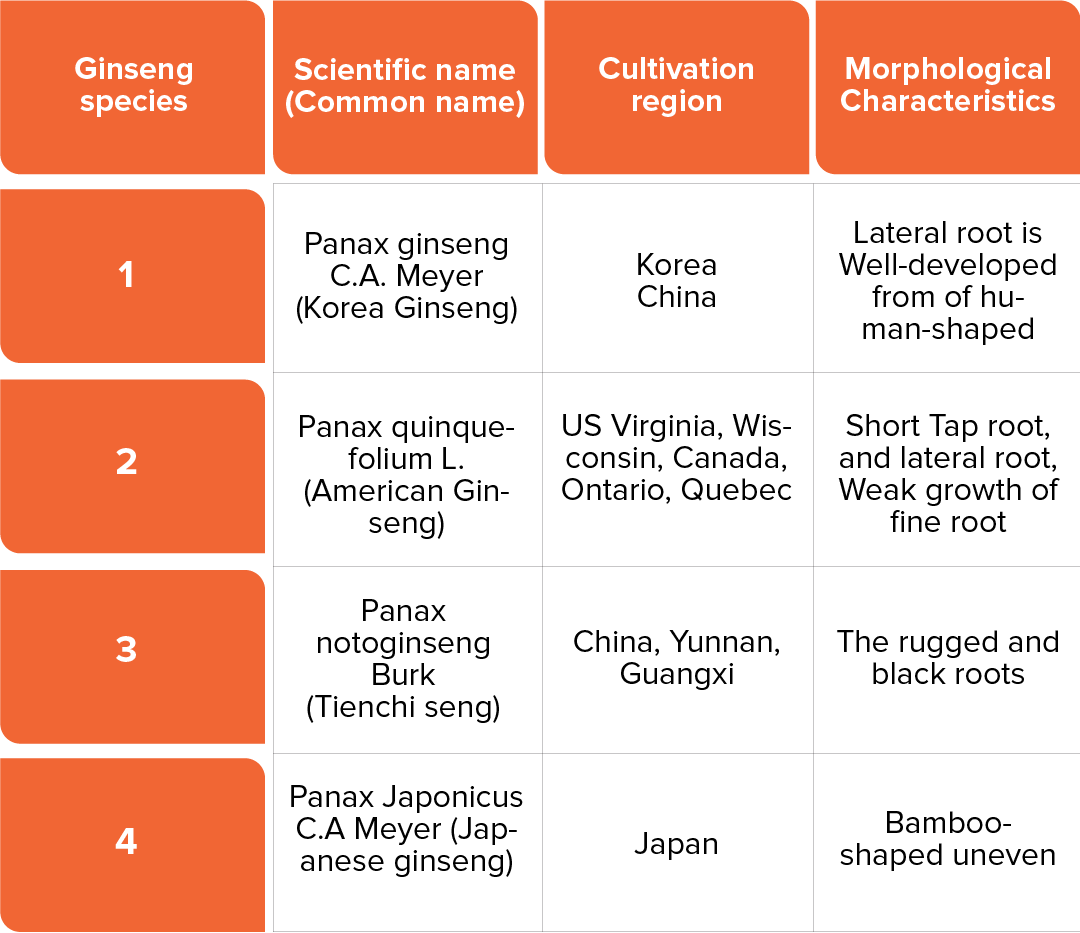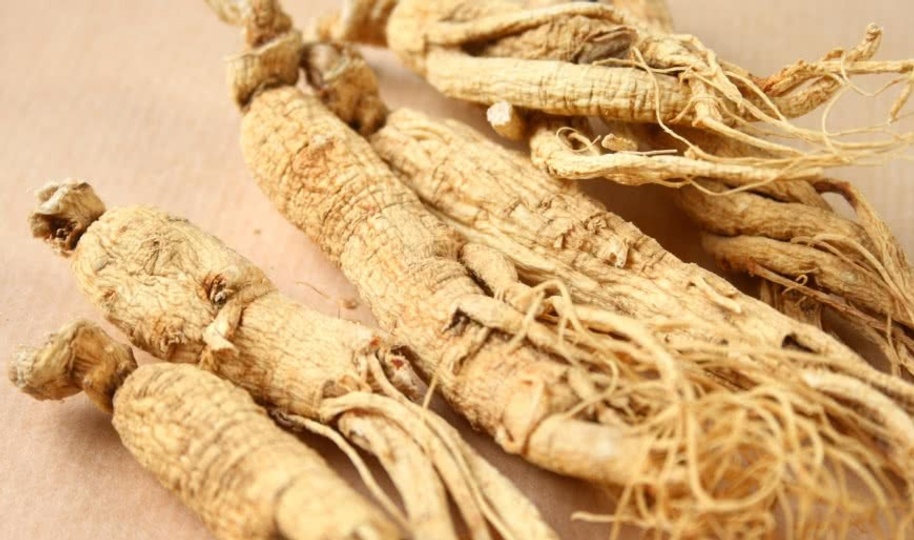The healthy rise of ginseng
Distinguishing the different species of ginseng
Ginseng is a name you’ve probably heard being thrown around, especially in relation to natural medicines and supplements. But there are actually many different species of ginseng, found all over the world. In total, 13 species of ginseng are classified under the name ‘Panax’.
In total, 13 species of ginseng are classified under the name ‘Panax’. The word Panax comes from the Greek word ‘panakeia’, which means ‘all healing’. You might also hear of ‘Asian ginseng’ – this means all the ginsengs originating from Asia (Panax ginseng, Panax japonicus, Panax notoginseng and Panax sinensis).
There's Panax ginseng C.A. Meyer, which is also called Korean ginseng which is present in Asia. Then there’s Panax quinquefolius, which is also known as American ginseng as it is found naturally in Canada and the USA. Another is Panax japonicus, also known as Japanese ginseng. Plus there’s Siberian ginseng (Eleutherococcus senticosus) – a very different plant, so it isn’t classified as a Panax.
Panax comes from the Greek word ‘panakeia’, which means ‘all healing’.
Ginseng by numbers:
Use began 4,500 years ago
First written record 2,000 years ago
Currently distributed to:
- 35 countries around the world
- >80,000 tons fresh ginseng
- produced worldwide annually
is gin is ginseng used for?
In Traditional Chinese Medicine, dried ginseng was used as a tonic to revitalize and replenish vital energy. It is also used to treat anaemia, insomnia, gastritis, abnormal blood pressure and fatigue, among other complaints!
Ginseng is used today in many commercial health supplements to help improve energy levels, prevent fatigue and exhaustion, and assist in recovery. The World Health Organization monograph states that:
“Radix ginseng [the dried root of Panax ginseng C.A. Meyer] is used as a prophylactic and restorative agent for enhancement of … physical capacities, in cases of weakness, exhaustion, tiredness, and loss of concentration and during convalescence.”
Species of ginseng

What is Panax ginseng?
While these are all types of ginseng, one has far more clinical evidence supporting its role as a natural medicine: Panax ginseng. Panax ginseng originated in Asia, and today it is grown in the cold temperate regions in North East China and Korean peninsula. It was first recorded in Chinese medicine over 2000 years ago.
Panax ginseng has a turnip-shaped root that quite often, due to the way it branches, appears like a human figure. It’s the root that is of the most interest medicinally. That’s because most of the important components and ‘active’ ingredients are found here.
Is Panax ginseng found wild or farmed?
All types of ginseng, including Panax ginseng, are found naturally in the wild. However, today most Panax ginseng is cultivated.
What is ginseng used for?
In Traditional Chinese Medicine, dried ginseng was used as a tonic to revitalize and replenish vital energy. It is also used to treat anaemia, insomnia, gastritis, abnormal blood pressure and fatigue, among other complaints!
Ginseng is used today in many commercial health supplements to help improve energy levels, prevent fatigue and exhaustion, and assist in recovery. The World Health Organization monograph states that:
Growing Panax ginseng
-
It begins with finding the right farmers and searching for suitable growing fields
-
Seeds are planted in special nursery beds.
-
Seedlings are then hand-planted in October/November.
-
Shredded leaves from harvested plants are used as fertiliser.
-
<5–6 years later the 10–30cm long roots are harvested.
Why is there white and red ginseng?
The difference in colour comes down to how ginseng is treated. ‘White’ ginseng is naturally dried in the sun. ‘Red’ ginseng is steam heated between 100–110° for 2–3 hours. This treatment kills any potential pathogens on the plant’s roots. The downside is that it degrades some of the active components which are found in the outer layers of bark.
The specific Panax ginseng extract called G115 is obtained by a special process that preserves the active substances while ensuring that unwanted contaminants are removed



